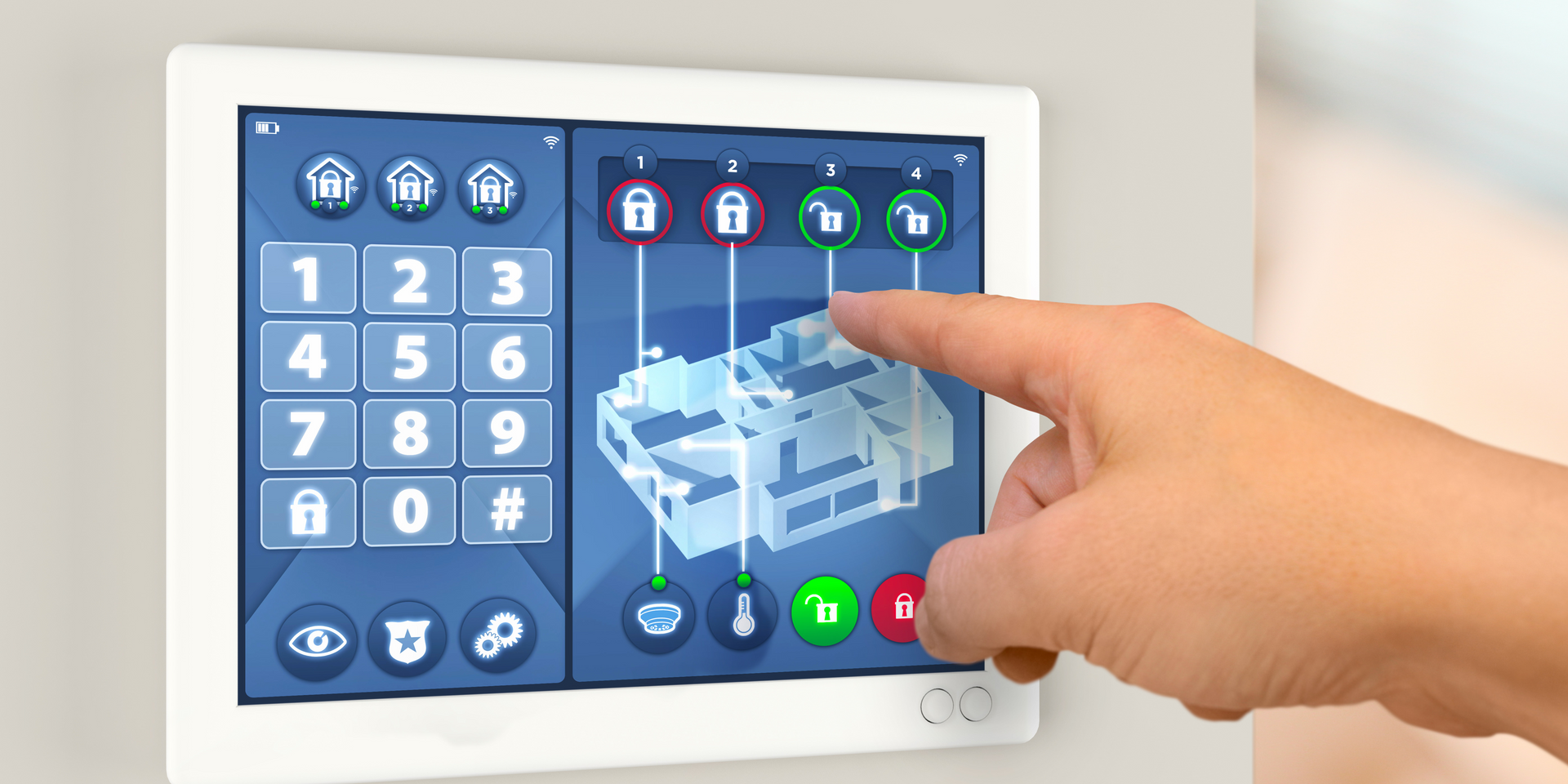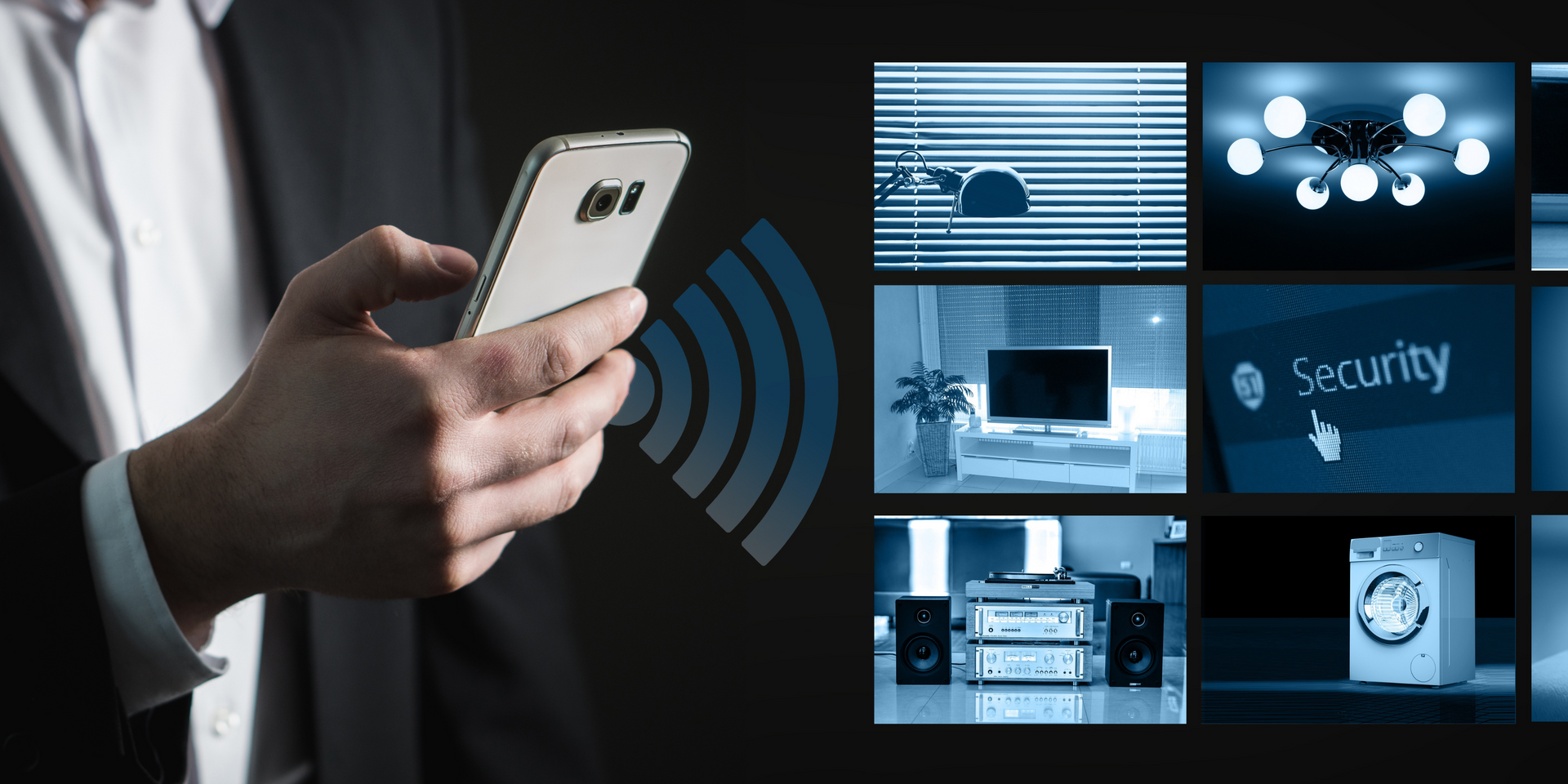Industry 5.0 signifies a monumental leap forward in the realm of industrial revolution, surpassing the achievements of its predecessor, Industry 4.0. This groundbreaking phase embodies the epitome of innovation and progress, as it harnesses cutting-edge technologies to revolutionize and transform various sectors. By seamlessly integrating human capabilities with advanced automation systems, Industry 5.0 paves the way for unprecedented levels of efficiency, productivity, and growth on a global scale. Brace yourself for a paradigm shift that will reshape industries like never before! It strongly emphasizes the seamless integration of humans and technology to not only create a collaborative manufacturing environment but also to establish a highly sustainable one. This integration ensures that both humans and technology work together in perfect harmony, maximizing productivity while minimizing waste and inefficiencies. By harnessing the power of cutting-edge technologies, such as AI and automation, the manufacturing industry can achieve unprecedented levels of collaboration and sustainability, paving the way for a more efficient and environmentally friendly future.
What is Industry 5.0 Examples?
What is Industry 5.0 examples?
While Industry 4.0 benefits undoubtedly revolutionized manufacturing by emphasizing automation, connectivity, and data exchange, Industry 5.0 takes this transformative concept to an even greater level of innovation and progress. It recognizes the paramount significance of human skills and creativity, seamlessly integrated with cutting-edge technologies. In this new era of industrial evolution, human ingenuity combines harmoniously with advanced machinery to propel productivity and efficiency to unprecedented heights. Industry 5.0 signifies a paradigm shift wherein humans are not just mere bystanders but active participants in the manufacturing process, leveraging their unique abilities to enhance outcomes and drive innovation forward.
Numerous sectors are clearly demonstrating the remarkable advancements of Industry 5.0. These examples serve as proof that the next industrial revolution is well underway and will bring about significant changes in the way businesses operate. Some noteworthy sectors where Industry 5.0 is making a profound impact include:
1. Collaborative robots, commonly referred to as cobots, are revolutionizing factory floors by working harmoniously alongside human workers to significantly enhance productivity and ensure optimal safety measures. These state-of-the-art machines are specifically designed to seamlessly integrate with human-operated tasks, resulting in a dynamic and efficient work environment. By bridging the gap between humans and automation, cobots not only increase production rates but also minimize workplace accidents. With their advanced features and intelligent capabilities, cobots have become an indispensable asset in the manufacturing industry, solidifying their role as a key driver of progress and success on factory floors worldwide.
2. The cutting-edge technologies of augmented reality (AR) and virtual reality (VR) have revolutionized the training landscape, empowering workers to swiftly acquire new skills with unparalleled efficiency. These immersive technologies are not only being used but are increasingly recognized as indispensable tools for training purposes. By seamlessly blending the real world with digital elements, AR and VR offer an interactive and engaging learning experience that expedites skill acquisition like never before.
3. Cutting-edge data analytics and state-of-the-art artificial intelligence (AI) systems have revolutionized the manufacturing industry by empowering real-time decision-making capabilities and enabling predictive maintenance. These advanced technologies have completely transformed traditional manufacturing processes, allowing businesses to make informed decisions on the spot and proactively address potential issues before they even arise. With the power of AI-driven data analytics, manufacturers can optimize their operations, maximize efficiency, and ensure seamless production with unrivaled precision.
4. The trend of customization and personalization is rapidly gaining momentum as technological advancements enable the seamless implementation of mass customization at an unprecedented scale. The ability to tailor products and services to individual preferences has become increasingly prevalent, allowing businesses to cater to the unique needs and desires of their customers in a highly effective manner. This level of customization empowers companies to deliver unparalleled customer experiences, fostering loyalty and satisfaction on a whole new level.
5. The integration of sustainable practices into manufacturing processes is an imperative that cannot be ignored. By harnessing the power of renewable energy sources, implementing effective waste reduction strategies, and utilizing eco-friendly materials, companies can significantly reduce their environmental impact and contribute to a greener future. It is crucial that manufacturers take a proactive approach in adopting these practices to ensure a more sustainable and responsible business model.
It is absolutely essential for businesses to fully comprehend and grasp the immense advantages that Industry 4.0 has unequivocally ushered in. Only by thoroughly understanding these benefits can businesses confidently and decisively embrace the limitless possibilities that lie ahead with the advent of Industry 5.0. By synergizing the sheer brilliance of human ingenuity with cutting-edge technological advancements, we have the power to forge a future where unwavering focus is placed on elevating productivity and safeguarding the well-being of workers - all in equal measure. This harmonious balance will revolutionize the way we work, enabling us to maximize efficiency while nurturing an environment that fosters optimal physical and mental health for every individual.
For further information on this topic, you can refer to reliable sources such as industry reports or academic papers available in PDF format or visit reputable websites like Wikipedia that provide comprehensive insights into both Industry 4.0 and Industry 5.0 concepts along with practical examples from various industries including manufacturing sector specifically related to industry 40 examples ppt or industry 50 benefits
You might also like




